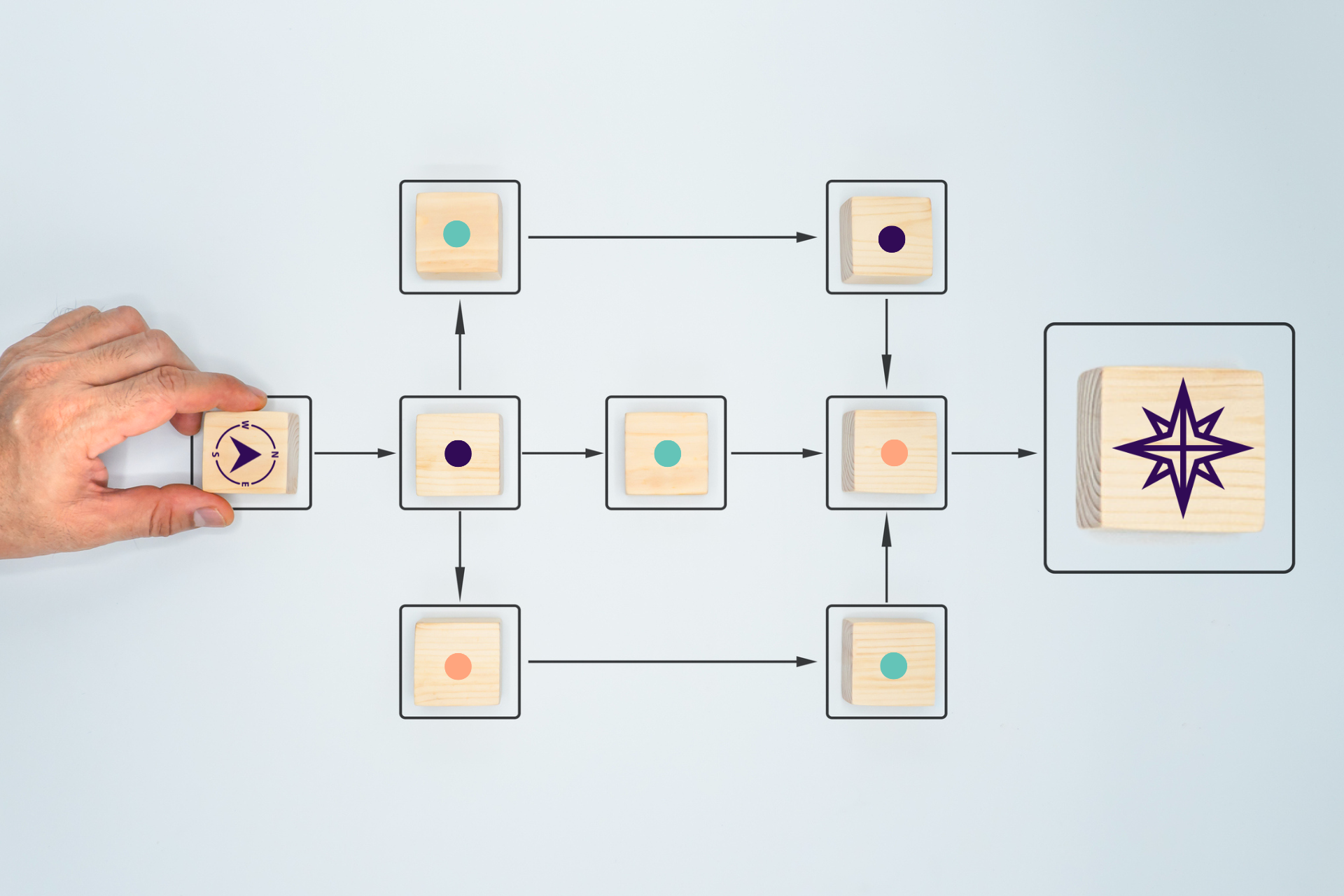September Is Officially Data Month!

For many of us, the dream of spending the summer months backpacking in Western Europe is just that… a dream. Instead, we are fielding calls and inquiries, setting up tours of empty campuses and pulling together ad-hoc financial aid committee meetings in an attempt to navigate the vacation schedules of colleagues and prospective families. All of this is, most recently, against the backdrop of a global pandemic that changed the very essence of how we operate as enrollment and financial aid professionals. The admission “season” as it were, has largely disappeared.
But September is upon us and for the most part, with the school year officially starting, few families are looking to switch schools so the summer applicant season tapers off. Now we can finally begin to catch our collective breath and realize we have time to relax for a brief minute... wait, no, I mean analyze all of the data from the past 12 months. We’ve got reports to run, totals to tabulate, forecasts to share, and another fall recruiting season to plan. That’s why I submit that we, as a collective community of enrollment and financial aid professionals, officially dub September as “Data Month”.
To help kick off Data Month, I’d like to share with you my September Data To-Do List:
- Review admissions funnel Key Performance Indicators (KPIs): What was the shape of the funnel? How does that compare to prior years?
- Reconcile net tuition revenue with last year’s financial aid budget: Did you go over budget? Did you leave dollars on the table? Why/why not?
- Reflect on data-driven Self-Study Questions: More on these in future posts!
- Begin making initial forecasts for the coming year: Are there early indications of what the funnel could look like? Examine market factors such as: feeder program strength, housing construction, local companies hiring or downsizing in your market.
- Create reports for Head of School and Board on key metrics: For example: Do a zip code analysis on your full/high pay families as well as high-need families, look at Fin. Aid vs Full Pay yield %, track average Net Tuition Revenue (NTR) across discount categories (like aid vs merit), examine summer financial aid data, analyze your attrition data and longitudinal funnel KPIs. (What did this year look like on a monthly basis vs prior years, including summer?)
- Gather data for industry-level reporting (like DASL or INDEX)
- Review your written Financial Aid Policy and Calendar: Make sure you take the time to look at your policies and calendar, did you follow everything precisely last year? Are there updates needed?
- Prepare your data collection and KPI tracking for the coming year: What should you track differently? Should you look at tracking any new metrics in light of your institutional and enrollment priorities?
- Set up strategy meetings with MarComm & Business Office using data to contextualize goal-setting
- Collaborate with colleagues early while you have some bandwidth!
At Clarity we’ll be celebrating Data Month throughout September by rolling out data-oriented content, tips, and best practices to help you set yourself up for success. We will roll up our sleeves and get cozy with the numbers right alongside you because understanding the insights that your data can provide allows you to confidently set and achieve your enrollment and financial goals.
So it’s time to put away the hiking shoes for a while and dive into your data…after all, those DASL reports aren’t going to populate themselves.
Join 800 schools that have chosen Clarity
The financial aid platform purpose built to remove enrollment barriers for today's families.






